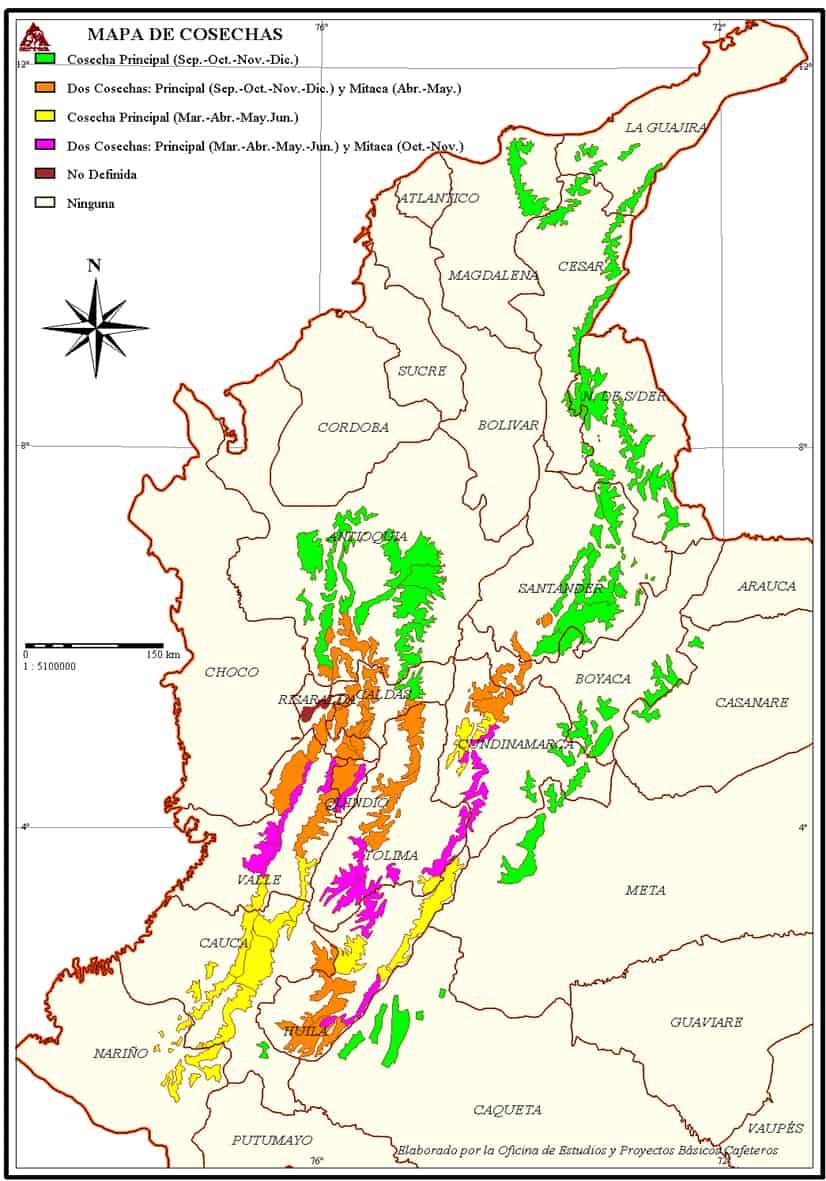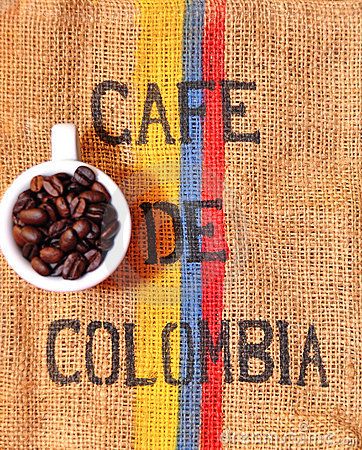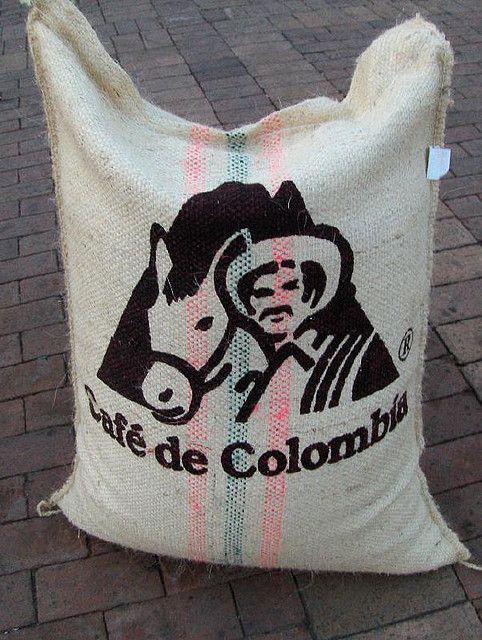All You Need to Know About Colombian Coffee
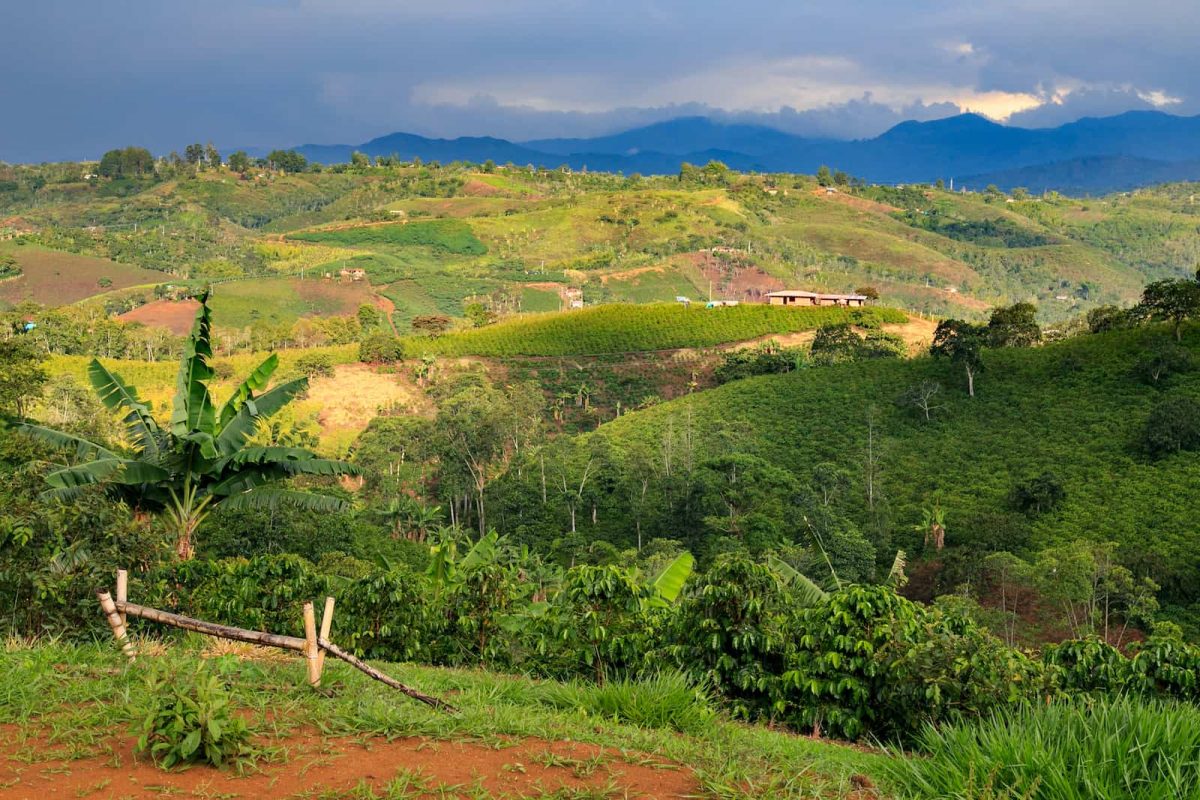
A cup of coffee can take you all the way around the world without leaving your home. Once you have dialed in your favorite way to brew coffee, the next step is often to explore different types of beans.
As with any journey, both literal and figurative, you want to absorb what you can from the culture. When it comes to Colombia and coffee culture, they go together like ground beans and warm water.
Colombia’s history is closely tied to their coffee industry. Let’s explore the many nuances of Colombian coffee, and why it has become a favorite world-wide.
What Makes Colombian Coffee Unique?
A lot of the coffee that originates from Colombia is grown on small family-run farms. Many of these farms are smaller than 12 acres. There are roughly half a million families working incredibly hard to bring us these tasty green beans.
Colombian coffee is made using 100% arabica beans, even though they yield less than robusta. There’s a strong emphasis on quality, due to the way the entire coffee industry is setup in Colombia.
A Tradition of Pride
The small farms work together to meet the world’s demand, and there’s a sense of pride that goes into each cup that you won’t necessarily find from large-scale corporate farms. That’s not to say that Colombian farmers are the only ones that take pride in their work, not by any stretch of the imagination, but there’s just something special about the way they do it there.
If you take care of the cherries and pick them at the right time, the best flavor comes from that coffee. What makes Colombian coffee more expensive is that it’s still hand-picked; part of the success is picking the right bean at the right color. That requires a lot of expertise.
Carlos Rojas – Executive President of the National Association of Colombian Exporters.
Small-Farm Quality
It’s not practical to pay as much attention to detail on large-scale farms, but as the saying goes, many hands make light work.
Workers will check the plants every 10 days or so during the harvest seasons, and will pick the best cherries (quite literally “cherry picking), leaving the rest to continue maturing until it’s the perfect time to pick them.
This varies from other regions, where they’ll use a practice known as strip picking, which means they’re picking all of the cherries from a particular branch at once, regardless of whether they’re all ready to be picked yet or not.
It’s not just the harvest method that defines Colombian coffee. It’s the growing conditions on the steep slopes of the Andes, which include ample sun and a high altitude.
Tasting Guide
The best way to understand the flavors at play is to sip it for yourself. There are 22 distinct coffee growing regions in Colombia, which are divided into three main groups:
These three distinct flavor profiles, and the fact that Colombia has two yearly harvests, make it a very unique country of origin that is tricky to pin down with any one flavor. Variety is part of how you would define the taste.
What Makes Each Region Taste Different?
Colombia is an incredible place to grow coffee, full stop. It comes down to things like the weather (both rain and the overall temperature), the elevation, and the differences in soil that are responsible for the unique flavor profiles in each of the main regions. The arabica beans play a big factor too, as does the careful harvesting of each bean.
There’s no single magic bullet that makes coffee produced in Colombia stand out, which is an interesting parallel to the uniqueness of the farmers who grow it. It’s a combination of many factors working together that creates this perfect storm, much like the many farmers working together to carry on the tradition and to push the economy forward.
Thoughts on Roasts: Dark vs. Light
When you’re trying out beans of a specific origin, and you really want to explore the flavor, a lighter roast will allow you to pick up more distinct flavor notes. As roasts get darker, they tend to blend in more, losing some of their distinct flavor.
Now, if you love a darker roast, there’s nothing wrong with that, and you’ll still certainly notice a difference between different beans, but it likely won’t be as pronounced as with a lighter roast.
This certainly isn’t to say that darker Colombian roasts aren’t still unique and worthwhile, it’s just something to think about.
A Brief History of Coffee Cultivation in Colombia
We can’t go into the full, complete history of Colombia’s coffee industry, but we do want to highlight some of the key points that help put everything into context.
1723:
While coffee beans made their way around the world in the late 1600’s, it’s believed they finally found their way to Colombia some time around 1723 thanks to the Jesuit priests who brought them along.
1835:
It was in 1835 when Colombia’s first outbound shipment of coffee, a total of 2500 pounds, made its way to the United States. Relatively speaking, it was a small drop in the bucket compared to their modern yearly exports, which is well over 10 million bags. Those aren’t regular sized bags that you would buy off the shelf, as each of those millions of bags can hold 130 pounds of coffee beans.
1927:
In 1927, the Colombia Coffee Growers Federation (Federación Nacional de Cafeteros de Colombia) was founded. This non-profit cooperative aims to represent coffee farmers in Colombia, collectively, to give smaller farms more power against the massive entities that had historically had a stranglehold on Colombian coffee production.
They support farmer’s rights, research into better growing methods to increase yield, and awareness of 100% Colombia Coffee, as opposed to blends that contain coffee from other countries mixed in with beans from Colombia.
1930:
By 1930, Colombia was the world’s second largest coffee producer, behind Brazil. Coffee was one of their main exports, and a driving force behind their economy.
The 19th century saw a huge shift in Colombia’s economy. Originally based on gold, tobacco, and mules, it shifted more towards railways, banks, and coffee. This was a risky endeavor lead by a group of Colombian national dignitaries, in particular Mr. Carlos Pinzon.
1958:
In 1958, the iconic Juan Valdez character was introduced into advertisements for Colombian coffee. He represents the farmers who grow the beans. We’ll take a closer look at him in a few moments…
1990s
Things took a turn for the worst in the 1990s, when more than 20% of Colombia’s producers were not making enough profit to cover their costs of production. Production dropped drastically, and many smaller farmers have had to close their farms and have suffered from poverty and famine.
This is still something that farmers are dealing with today, however very recently steps have been taken to try to fix that. Due to the very manual nature of the labor and adherence to quality, and the changing climate, it may still be tough roads ahead for Colombian coffee growers.
1994
In 1994, the National Federation of Coffee Growers of Colombia opened a coffee-themed park called National Coffee Park. We’ll go into more details about that in just a moment.
2018
As of 2018, Colombian coffee prices are at a 12 year low and coffee producers are calling on large brands like Nestle and Starbucks to step up and help out. They see a small handful of beans being sold in the form of a fancy latte for $5, and the price they’re getting per pound (just over a dollar), really starts to sting.
“Price levels of $1.15 are an embarrassment. Price levels of that kind are unexplained because I’ve not seen the cost of a cup of coffee go down anywhere in the world, nor that a pound of coffee has gone down in cost on supermarket shelves,” explains Roberto Velez, the man in charge of the Colombian Coffee Growers Federation.
In summer of 2018, the Government of Colombia committed 100 billion pesos to help farmers deal with the issue of low prices.
A Colombian Coffee Mascot
Juan Valdez is the well-known mascot of the Federation, often seen standing next to his mule named Conchita and used as a marker to identify that is 100% Colombian, as opposed to blends of coffee that use multiple origins for their beans.
Juan Valdez, while a common name, is not a real person – he’s a fictional character who represents the countless farmers of the region. He has appeared in advertisements for decades, and is a very recognizable figure.
National Coffee Park
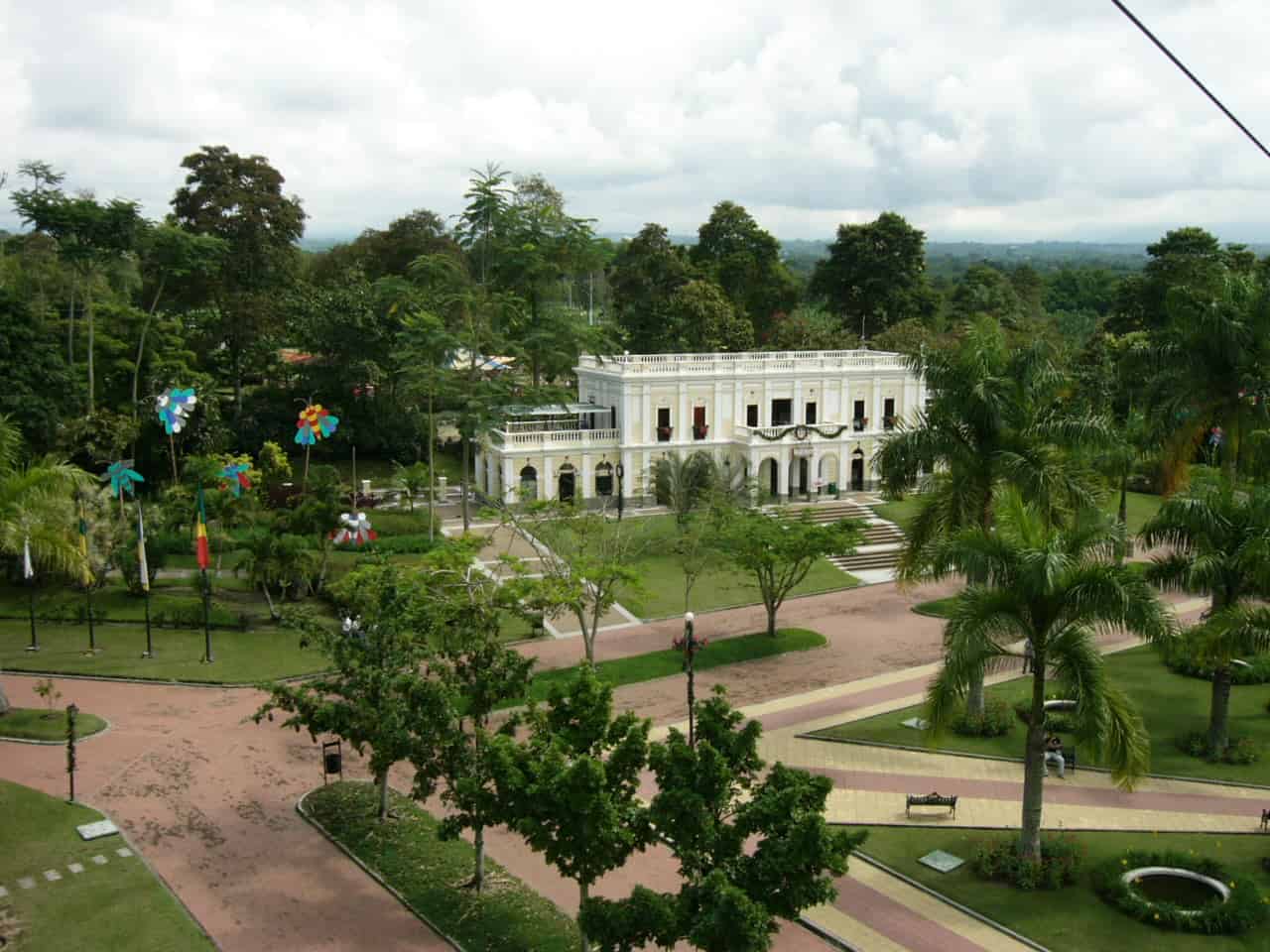
This park is divided into two main sections.
The first contains a coffee-themed park and a variety of exhibits, including an 18 meter high tower made from bamboo, a cemetery of indigenous tribes, a country house in the traditional style, a musical show detailing the history and culture of coffee, and an interactive museum.
The second section is the amusement park which features a number of different rides and several roller coasters, along with numerous other attractions that you would expect to find at an amusement park.
By 2009, the park had hosted 5 million guests, and in 2017 alone over a million people experienced it. This makes it one of the most popular tourist attractions in Colombia.
Coffee Growing in Colombia: Triumphs & Setbacks
Colombia is the world’s 3rd largest producer of coffee right now, and they’re responsible for roughly 12% of global coffee.
A major concern in recent years for Colombian farmers is climate change and its impact on their crops and yields. It’s been devastating for many farmers, with the majority of them taking a very bleak outlook on the future of their livelihoods.
While yearly export sales of $2.58 billion from Colombia are significant, it’s the declining price and continued environmental impact that are most alarming.
The government and the Federation are working together to try to improve conditions for farmers, but only time will tell if things are going to get better.
